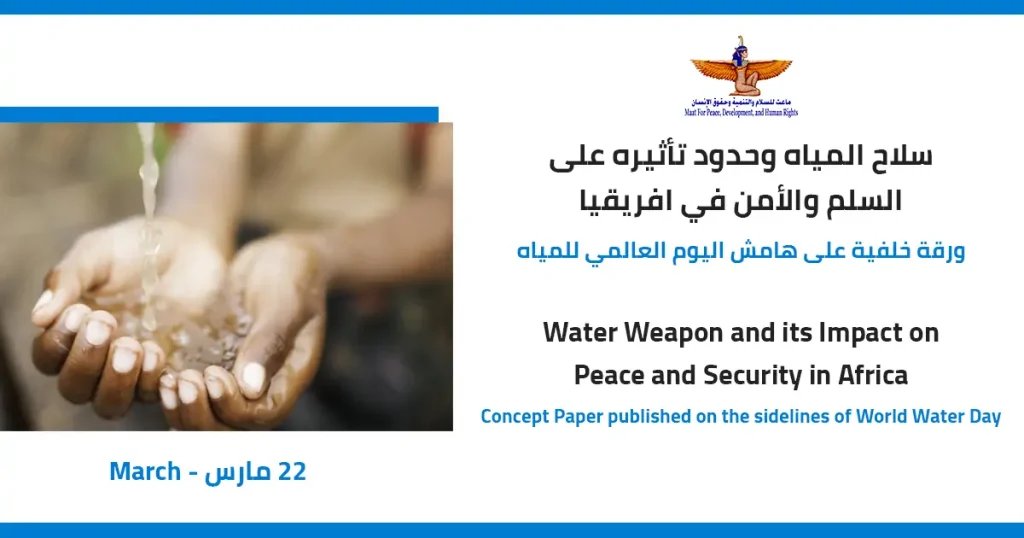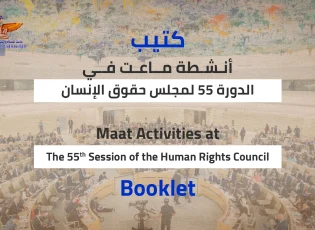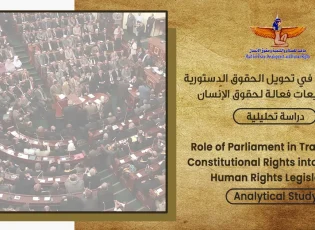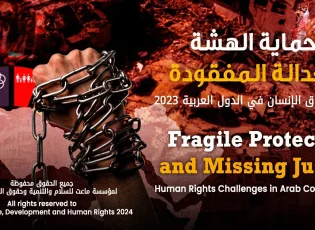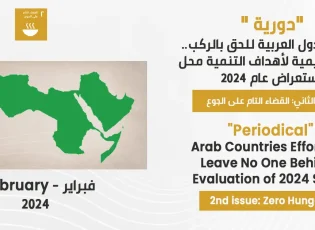The executive summary:
The involvement of children in the worst forms of labor is a major obstacle to high rates of development, especially in developing countries, and the elimination of child labor in hazardous occupations, a commitment that Member States of the United Nations pledged to eliminate, including the Arab Republic of Egypt, by adopting the United Nations Agenda for Sustainable Development 2030 and its objectives, some of which are directly related to ending forced labor for children, such as Goal 8.7 of the Sustainable Development Goals. This phenomenon has appeared again during the current year after it had been relatively absent during the previous two decades, with the global progress in confronting the worst forms of child labor halting in an alarming manner. Out of 160 million children working around the world, with a high confidence rate of involvement over 8.9 million children to work by 2022, 79 million are involved in the worst forms of child labour, nearly half of all child laborers engaged in work that harms their mental, physical and psychological health and limits their enrollment in school.
Returning to Egypt, the problem of children engaging in the worst forms of labor is among the most common phenomena, especially in rural areas, despite government efforts to reduce the effects of this problem, but it is on the rise, especially with the outbreak of the COVID-19 pandemic, and in light of the legislative shortcomings at the level, According to the latest survey of the Central Agency for Public Mobilization and Statistics that it conducted in 2010 and the results of which were issued in 2012, the number of working children in Egypt was estimated at about 1.9 million in the age group from 12 to 17 years, including 1.6 million work in the worst forms of labor, which was equivalent to 9.3% of children in Egypt at the time. The majority of child labor is concentrated in the agricultural sector by about 63.5%, while the manufacturing sector accounts for 18.9%, while the service sector employs children about 17%. It was also clear that child labor in the countryside increased by about 83% compared to the city, which accounts for 16% of child labor. However, these statistics do not constitute the true reality of child labor in Egypt. According to the International Labor Organization, there are 2.2 million child laborers, and according to UNICEF, this number exceeds three million child laborers. Among the most prominent challenges facing the fight against child labor in Egypt, which the paper concluded: The gaps contained in the legal framework regulating child labor, both with regard to exceptions to child labor, and conflicting laws themselves, besides the neglect of dealing with this phenomenon at the institutional level and dealing with it as a strategy to combat poverty.
The paper concludes with the following recommendations as a set of policies that will enhance efforts to eliminate the worst forms of child labor by 2025: Forms of labor, development of a national action plan on business and human rights, support for the efforts of civil society and social activists in accessing children’s workplaces, especially in the informal sector, initiation of a legislative reform process for laws regulating child labour, increase in the number of labor inspectors based on the ILO technical recommendation in order to intensify the supervision of child labour.
![]()
 |
 |





